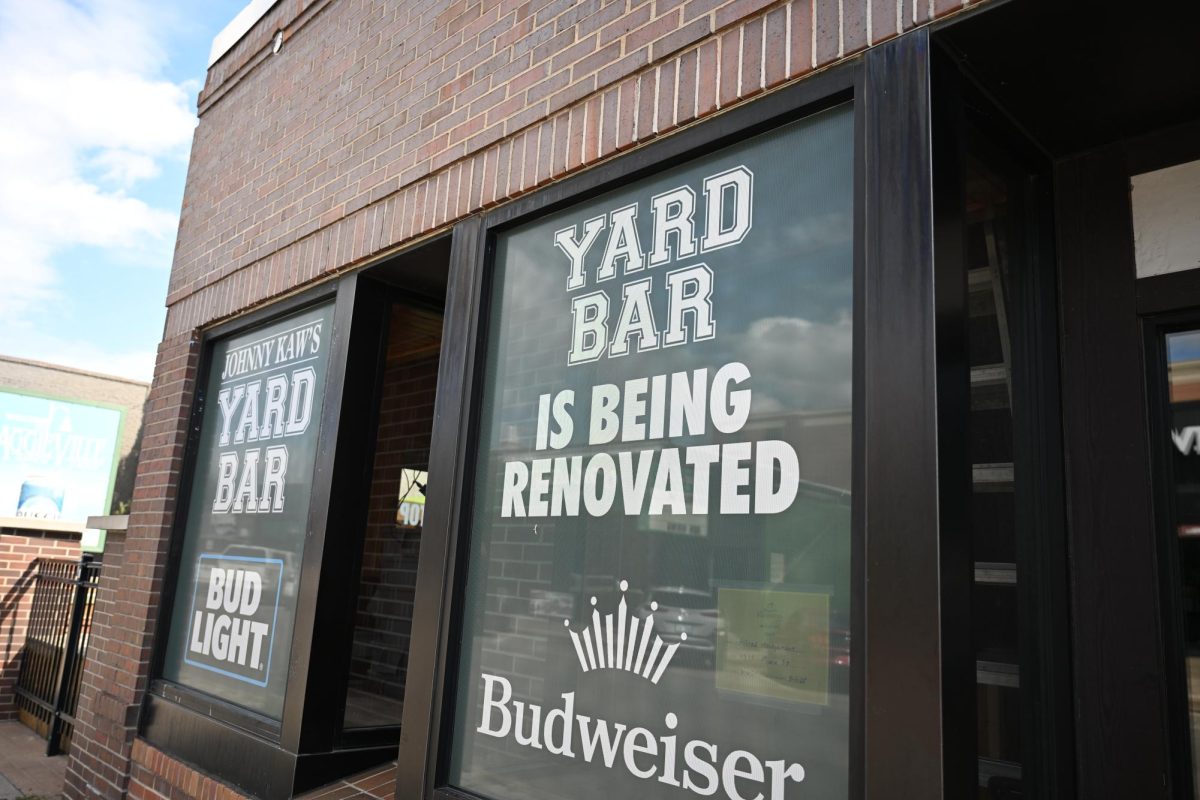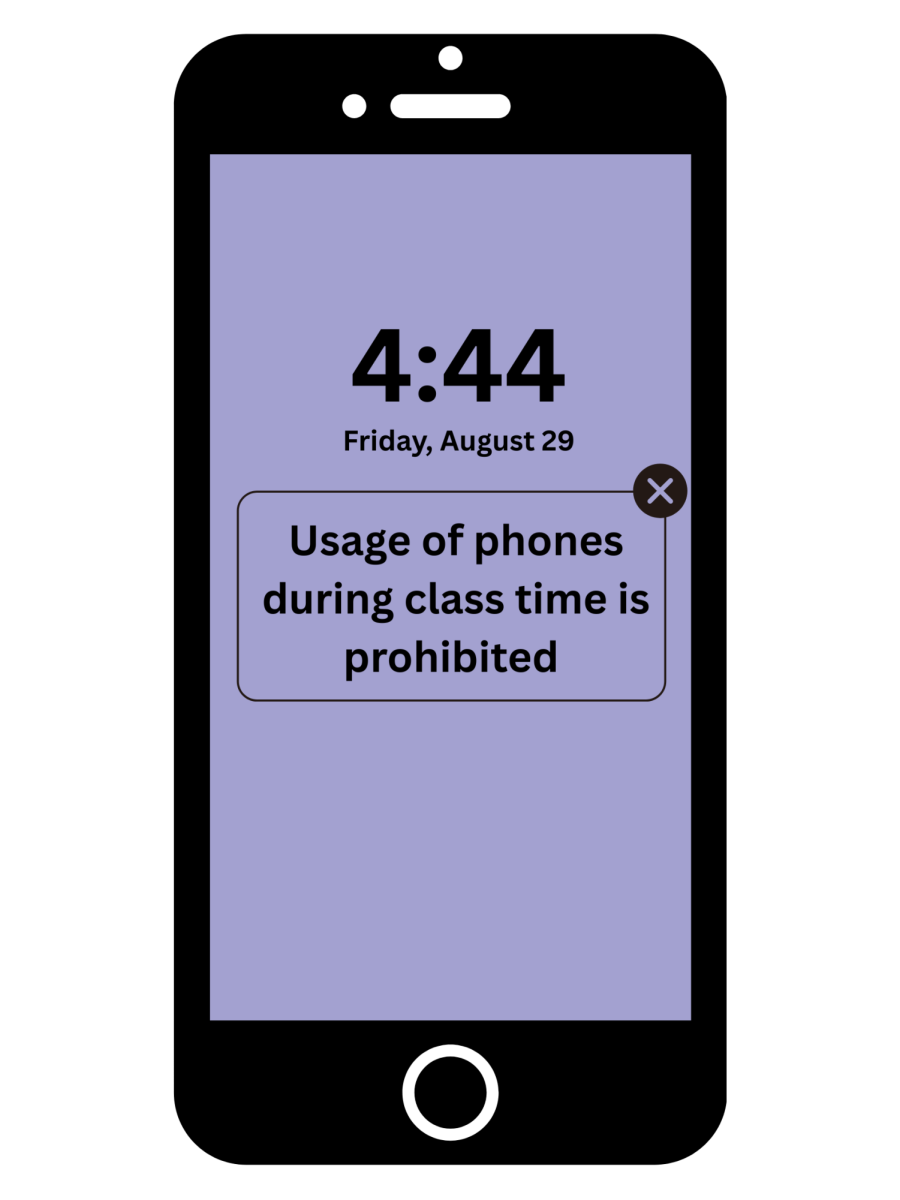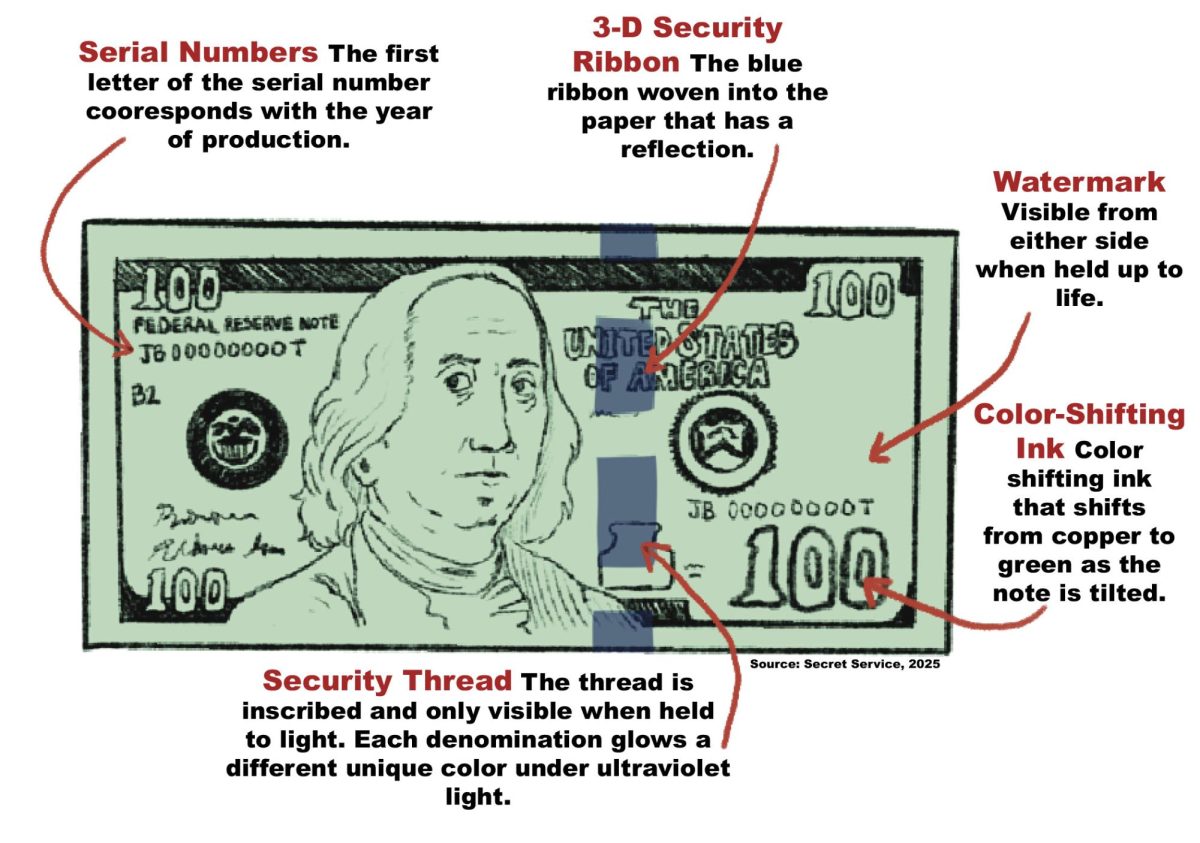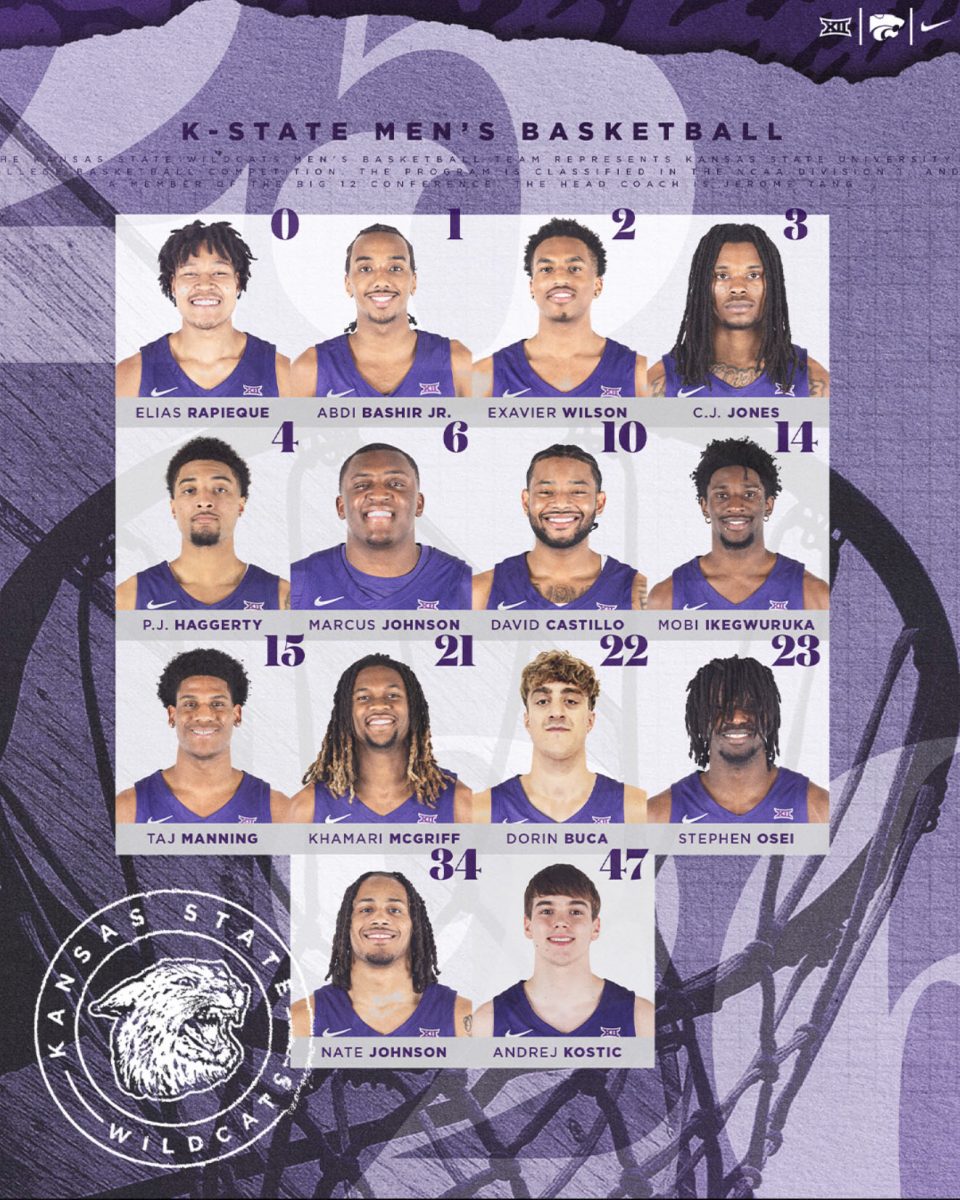Source: https://www.pexels.com/photo/financial-planning-with-passport-and-currency-32269243/
You bought a plane ticket for the next month, packed your bags in your head, and then realized that your papers are still with the Department of Labor (DOL). Nice, isn’t it? If you’ve ever dealt with US immigration processes, you know that those three dreaded words, DOL processing times can turn your life upside down.
And here’s a fact that will make you sigh (or laugh through your tears): According to a 2025 study, the average processing time for a PERM application (that crucial step for a work visa) is about 497 days. Yes, you read that right. That’s almost a year and a half of waiting.
So let’s break down the mystery: what those famous processing times actually mean, why they’re so long, and how to survive that marathon wait.
What Are Processing Times?
Simply put, processing times are the time periods the US Department of Labor uses to process your claim. If you are applying for a work visa, PERM certificate, or other paperwork that allows you to work legally in America, your case must go through this stage.
Think of it as a giant virtual waiting room. You’re sitting there, and in front of you are hundreds of thousands of other people with their files and their dreams of working in America. Not exactly a Starbucks vibe, but hey, we’re all in the same line.
Why Do Processing Times Take So Long?
Well, that’s the question we all ask: “Why can’t it go faster?”
- A huge number of applications: Statistics show that tens of thousands of new requests arrive every year. The PERM application alone has over 100,000 per year.
- People still do work: Yes, a lot has been digitized, but real people still have the final say. And people make mistakes, go on a lunch break, go on vacation… all of that makes the wait longer.
- Process complexity: Not all apps are the same. Some are simple, others require tons of checks, additional information, and even revisions. Each additional step slows down the entire system.
How to Survive Processing Times?
Ok, here are some practical tips.
Collect Patience
Realistically, there is no magic solution. If they said it takes 15–18 months, then get ready for that. Set an upper limit in your head, so if he finishes early—here’s a pleasant surprise.
Follow Statuses
The Department of Labor publishes monthly reports on processing times. Check back regularly, because the deadlines are moving. Sometimes they go forward (faster), and sometimes they go back (slower). At least it gives you the feeling that something is happening.
Do Not Make Mistakes in Documents
This is the key. A small mistake—a wrong date, a missing copy of a diploma, or a bad translation—can set you back to square one. And that’s where you waste months. If you are not sure, get an immigration lawyer.
Distraction is Medicine
While you wait, do something that distracts you. Work, study, travel (if you can). If you sit and look at the calendar, each week will seem like a year.
How Technology Affects Processing Times
The good news: things are slowly getting better. Automation and online systems are already shortening some procedures. For example, certain stages of the process can be monitored online through the FLAG system, which did not exist 10 years ago.
The bad news: bureaucracy is slow to change. We are unlikely to have “instant approval” on a click anytime soon. But the trend is towards speeding up at least part of the process and making it more transparent.
When Processing Times Become Critical
Waiting for sneakers from an online store and waiting for a work permit are not in the same league. Here’s where long deadlines really hurt:
- Work—many people have to delay starting work because the papers have not arrived.
- Family—a visa delay can mean that the family is separated for months.
- Finances—a delayed start to work means a delayed salary.
Patience as Currency
At the end of the day, DOL processing times are a reality you can’t skip. They are not there to make your life miserable (even though it feels that way), but because the system has to be detailed and fair.
Is it taking too long? Is it worth holding out for? For many—yes.
So while you’re waiting, remember you’re not alone. Thousands of people around the world are sitting in the same virtual queue. And until then—coffee, humor can save your nerves.




















































































































